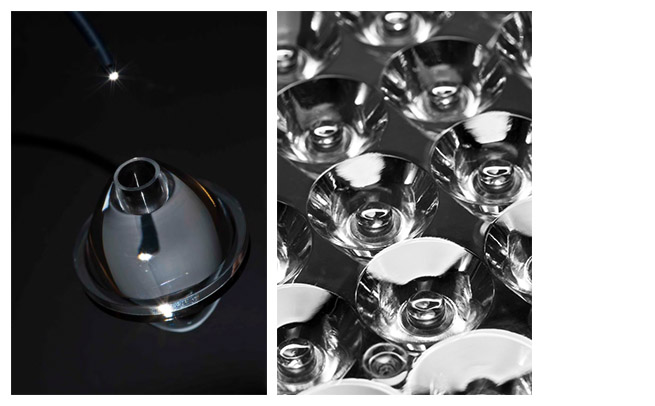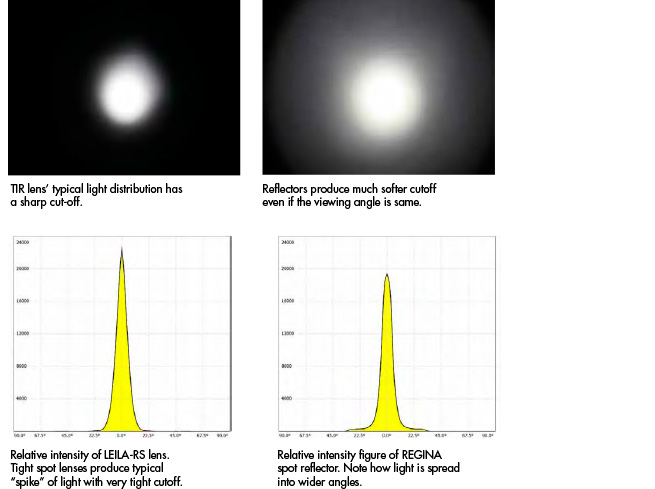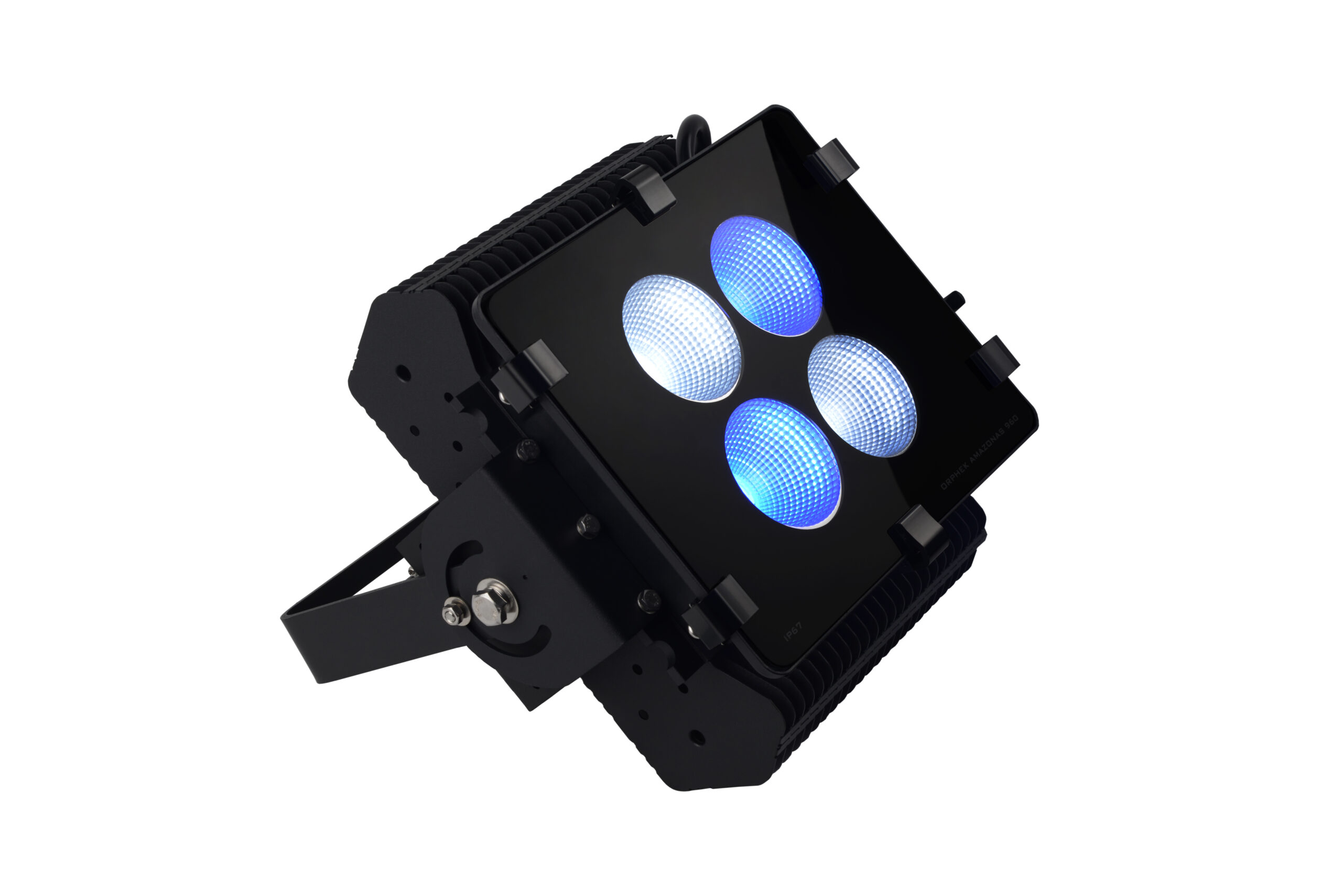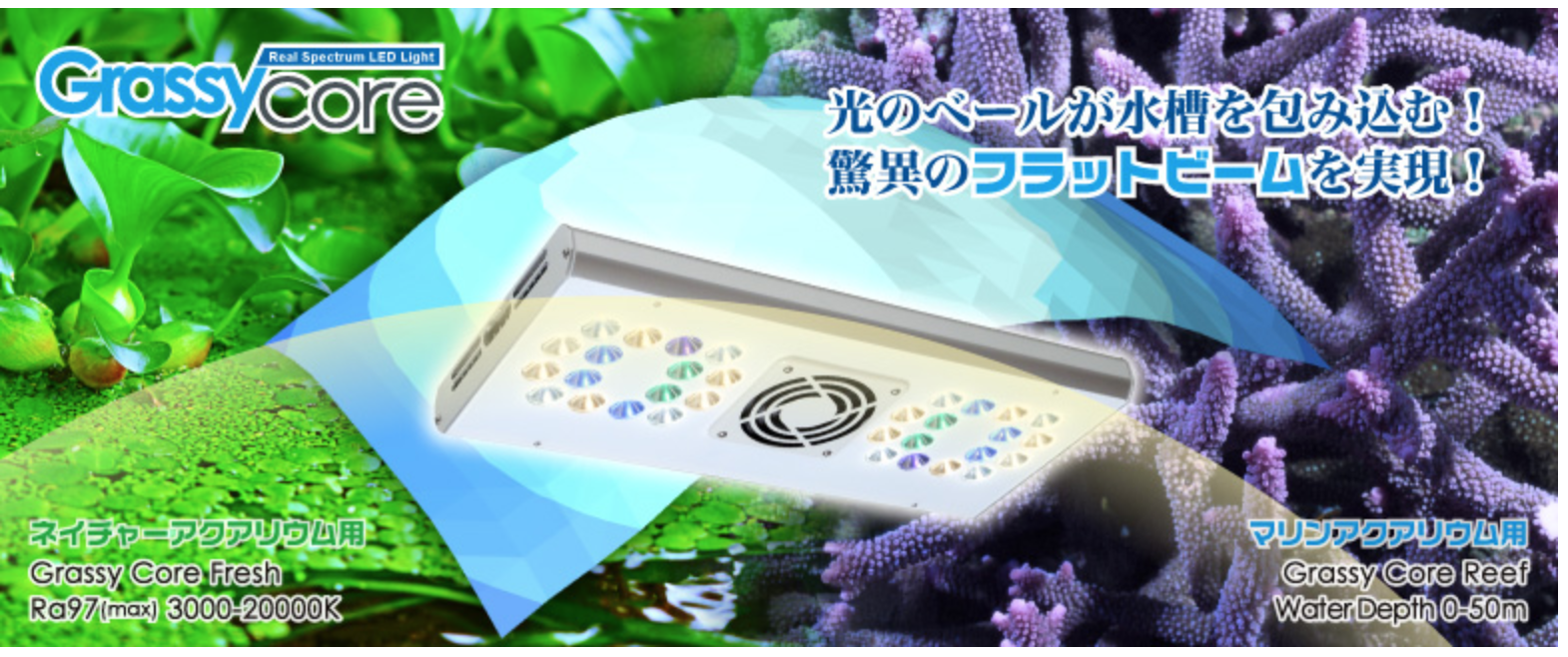So this is just a thought process, after reading various metal halide and LED threads and personally being a metal halide fan. Now this isn’t a which is best because that’s genuinely whatever works for you and keeps your coral healthy. This is about a technological improvement to LEDs that could satisfy the wants of the metal halide group as well. If this has been previously discussed, feel free to shut me down.
Please note the following is based on my own observations and thoughts and is not backed by any scientific study, company or corporate sponsorship. The idea, if found to be acceptable, is free for any company to incorporate or experiment with.
So to start, if you’re all about that streamline ultra modern look that many LED fixtures present, this thread is not for you as my thought would present at best the look of black boxes.
With that said, a local gas station has replaced their commercial grade halide/sodium bulbs with LED. They simply kept the fixture and replaced the bulbs. I’m curious if a similar situation could occur with LED aquarium lighting. Create single end and double ended LED bulbs to put into Metal halide reflectors.
My thoughts on why this could or could not work:
The LEDs would be positioned to utilize the reflector. Thus you should be able to run the LEDs at 100% capacity without worrying about the hot spots created by current fixtures due to LED facing directly into the tank.
It is my belief that a lot of the “shimmer” people love about metal halide is the result a majority of the reflector reflectingthe gasses moving in the bulb along with surface water movement Whereas the “shimmer” from LED is a result of strictly light hitting surface water movement. This thought process could potentially improve the “shimmer” as the light spread from a reflection is wider creating a wider shimmer and eliminating the disco ball effect.
Due to using the reflector to spread the light, this should also assist in eliminating the “shadowing” effect of LEDs.
Potential reasons why this won’t work:
PAR - Is the PAR reduced due to using the reflectors instead of pointing the LEDs directly at the tank?
Reflectors - You still have the sizable reflector of a halide fixture. Now this isn’t to say that technology advancements couldn’t put out something similar to Geissman and still keep the same effect?
Controllability - I feel if actual LED bulbs were used the controllability may decrease. As it’s not “hard wired” directly to the board. Although if using them similar to Halides, you’d still have the ReefBrite Bars or similar for the dawn dusk. I can also see the controllability still working as current LEDs as you could also have LED companies creating their own fixtures with reflectors?
Just spitballing an idea. Perhaps I’m way off base.
Please note the following is based on my own observations and thoughts and is not backed by any scientific study, company or corporate sponsorship. The idea, if found to be acceptable, is free for any company to incorporate or experiment with.
So to start, if you’re all about that streamline ultra modern look that many LED fixtures present, this thread is not for you as my thought would present at best the look of black boxes.
With that said, a local gas station has replaced their commercial grade halide/sodium bulbs with LED. They simply kept the fixture and replaced the bulbs. I’m curious if a similar situation could occur with LED aquarium lighting. Create single end and double ended LED bulbs to put into Metal halide reflectors.
My thoughts on why this could or could not work:
The LEDs would be positioned to utilize the reflector. Thus you should be able to run the LEDs at 100% capacity without worrying about the hot spots created by current fixtures due to LED facing directly into the tank.
It is my belief that a lot of the “shimmer” people love about metal halide is the result a majority of the reflector reflectingthe gasses moving in the bulb along with surface water movement Whereas the “shimmer” from LED is a result of strictly light hitting surface water movement. This thought process could potentially improve the “shimmer” as the light spread from a reflection is wider creating a wider shimmer and eliminating the disco ball effect.
Due to using the reflector to spread the light, this should also assist in eliminating the “shadowing” effect of LEDs.
Potential reasons why this won’t work:
PAR - Is the PAR reduced due to using the reflectors instead of pointing the LEDs directly at the tank?
Reflectors - You still have the sizable reflector of a halide fixture. Now this isn’t to say that technology advancements couldn’t put out something similar to Geissman and still keep the same effect?
Controllability - I feel if actual LED bulbs were used the controllability may decrease. As it’s not “hard wired” directly to the board. Although if using them similar to Halides, you’d still have the ReefBrite Bars or similar for the dawn dusk. I can also see the controllability still working as current LEDs as you could also have LED companies creating their own fixtures with reflectors?
Just spitballing an idea. Perhaps I’m way off base.







